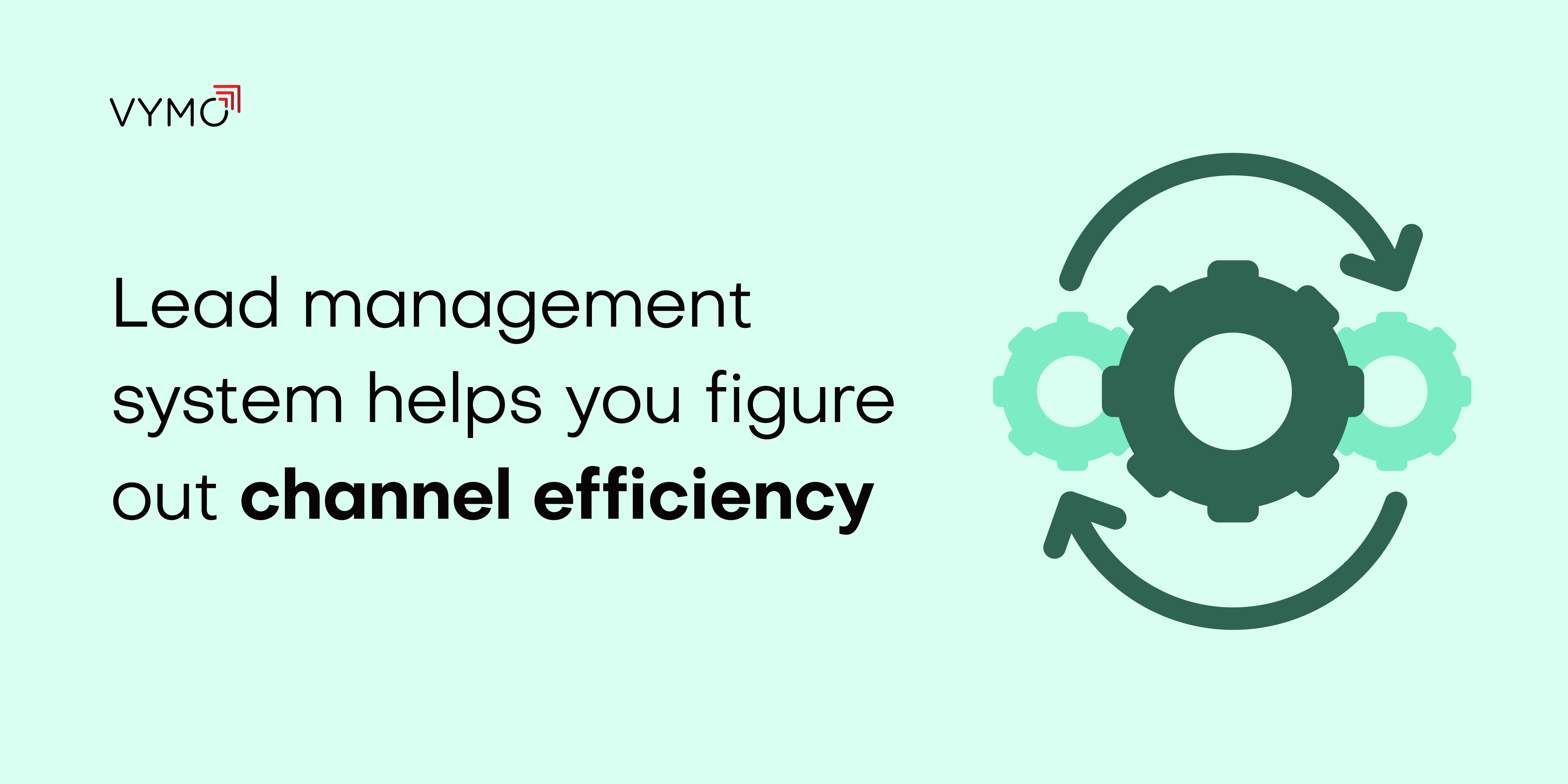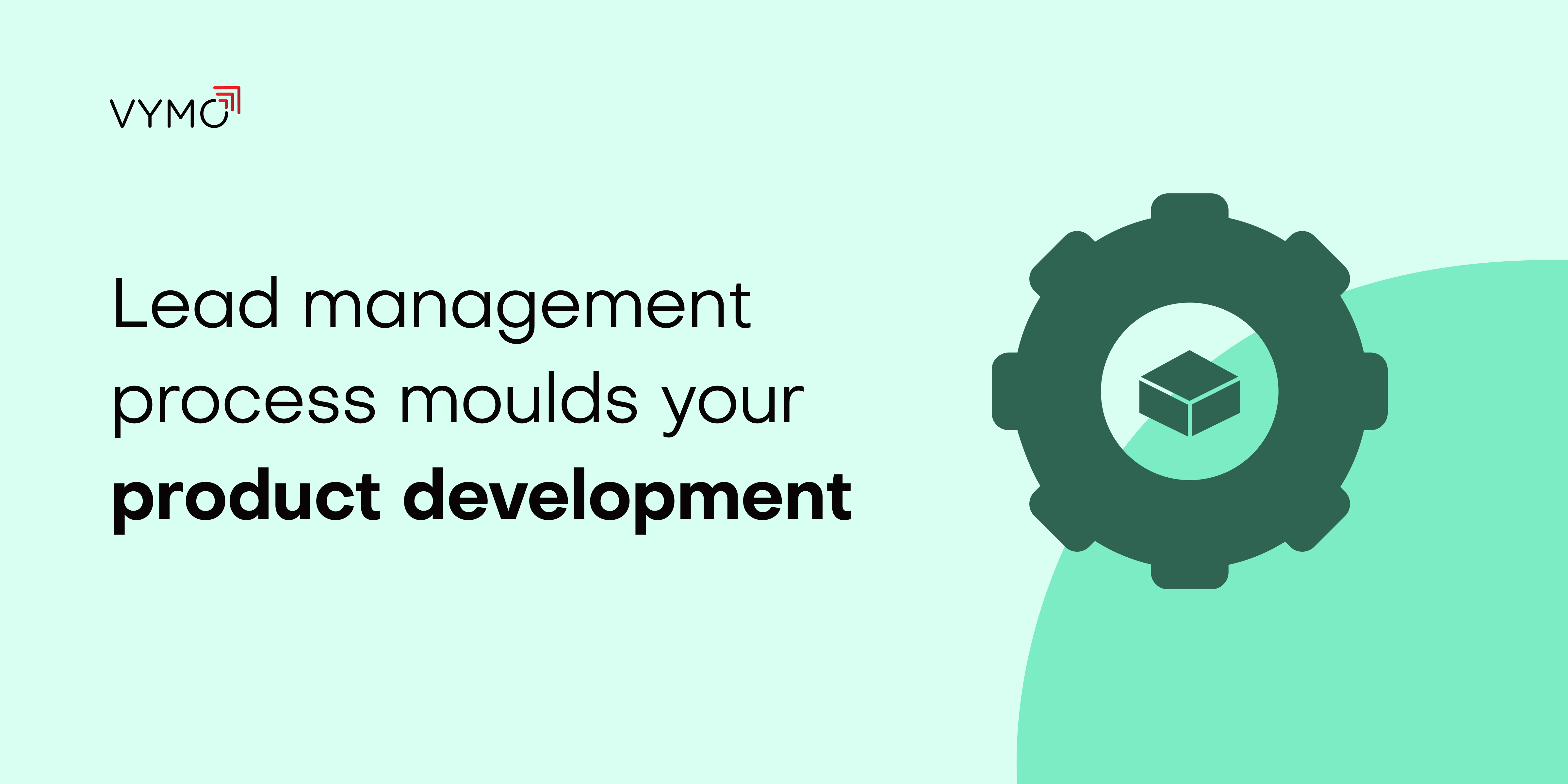The banking industry stands at unusual crossroads today and understanding why that’s so would be a great way to understand why lead management is so critical for SMB banking.
Four forces, like winds from four directions, constitute this crossroads: tightening compliance requirements, rising competition from disruptive fintech organizations, increasing focus on customer experience and growing pressure to be technology-driven.
Different banks are adopting different strategies to counter these challenges, but one factor remains common to all banks: they are all under sizable strain to perform. Which is why banks need to manage their leads, because understanding and managing leads is the first step towards profitably serving customers.
Your bank must establish processes to ensure better outcomes for every single relationship manager. Productivity and efficiency must be strongly ingrained in everything, with technology forming the backbone for performance.
Here are 6 reasons why a lead management is more critical than ever for SMB banks.

1. Lead management system helps you figure out channel efficiency
Commercial banking gets all kinds of requests from businesses looking to grow or expand. Working capital requirements, export credits, bridge loans, short term bill discounting… the list is almost endless.
That means you’ll find leads – or prospective customers – in all places. The webinar you organized last week, the business conference where your CEO was the keynote speaker, the campaign you ran last quarter, the trade show you went to two days back, … lead sources are many.
And yet, not all these leads qualify, much less turn into a customer. Some taper off pretty soon, some take some nurturing and a few convert faster than you’d believe. Your banking CRM will tell you not only the number but also the quality of leads coming in from each channel.
Strong lead management systems tell you which channel is doing well and which one isn’t. Based on that, you’ll be able to decide where you should invest your resources and efforts. You’ll know the likely ROI of every dollar spent, every man-hour devoted to the lead-generation activities.
2. Lead management lets you understand leads better
When you’re putting in the right efforts in the right channels, naturally you’ll be able to generate more leads for your bank than ever. As more prospects learn about your products and services, you’ll see a rise in the number of prospects.
The question is: What do you do next? Without properly qualifying these leads, you run the risk of losing customers you should have actually won over and ‘winning’ poor quality leads that end up nowhere.
An intelligent system can be leveraged to overcome this challenge for SMB banking. You can feed every bit of information about leads to this single platform. Based on what it has ‘learned’ from the past, your artificial intelligence (AI)-powered bank CRM will help you refine your understanding of every lead.
Now you’ll qualify your leads better. You’ll know what kind of leads need immediate attention and what kind of leads would mature only after time. You’ll know how leads from different channels articulate their requirements differently.
3. Lead management software gives you insights about what support is required at what stage
In a make-believe world, all you need to tell your leads is your interest rates and fees. Then they’ll line up outside your bank.
In real-life, things are way different. At different stages in your sales funnel, leads will need different information. If you keep sending the same PDFs or the same videos to all the leads no matter what stage they are, you will drive away more leads than you generate. And there go down the drain the efforts your marketing teams had put into to generate these leads in the first place.
A dedicated, automated system of lead management for banks that takes the pain to record and understand every piece of information is the only way to make sure nothing falls through the cracks.
For example, when the lead is in the early stage of engagement, trying to sell your SMB banking product is a costly mistake – they don’t trust you enough to buy. Instead, feed them with educational whitepapers, for instance, to make them aware of the opportunities. On the other hand, leads that are closer to applying for a working capital loan will find case studies a lot more useful.
To summarise, a lead management CRM lets you institutionalize the understanding of what works when.

4.Lead management guides you in building better sales funnels
While it’d be fun to have people buy from you the first time they hear from you, it almost never happens. Your leads have way too many SMB banks vying for their business for this to happen.
Leads that come from social media channels are differently engaged from leads that come to you from webinars. Social media is a public platform, so you can’t simply ask people to openly share their contact details. A pre-recorded webinar, on the other hand, can be made available to anyone who’s willing to share their contact details in the sign-up form.
Their journey is different and your antiquated systems don’t have enough bandwidth to create separate sales funnels for both of them.
Building unique sales funnels isn’t just about converting leads into customers, it’s about making it easier and meaningful to become your customer. If they’ve expressed an interest in your brand, you’re better off showing them how swift and responsive you are. If, on the other hand, they’re asking about financing their mergers, you know it’s time to share a couple of case studies.
An intelligent lead management system will do all this hard work for you.
5. Lead management CRM ensures efficiency
When your marketing efforts start paying off, you’ll see a growing number of leads. And unless you have a proper banking CRM software in place, things can get messy.
To begin with, the centralized tool – basically a CRM – will keep a tab on every single communication you have with the lead. Emails, chats, phone calls, meetings… the automated capturing mechanism of the CRM doesn’t need you to manually feed data, it will collect everything.
Such records reveal a lot more about your leads than you’d otherwise know. For example, how many emails did it take to move the needle? At what pricing or terms did they convert? Which kind of video or case study seemed to have been the tipping point? And if the leads fell off, when was that?
Next, lead management, by its very definition, means you’re going to optimally distribute leads within your teams. Intelligent lead distribution, powered by technology, makes sure that leads go to the right salespeople.
For example, a salesperson who specializes in, say, mergers and acquisition (M&As) financing will receive leads about M&As, while a salesperson who’s more skilled at export financing will receive those kinds of leads.
At a deeper level, your CRM will generate a lead score – basically a number that represents the chances of closing the deal. As a result, a salesperson who has four leads on their hand will know Cartwheel Widgets Inc is a much better lead to chase than, say, FunBrigade Burgers.
Because modern age marketing is about multi-channel engagement, a lead management software needs to oversee a combination of media. There will be a series of text messages, a bunch of videos, a set of drip campaigns and stuff to ensure that you are available and visible to the lead at every touchpoint.

6. Lead management process moulds your product development
Everyone knows a lead management system is one the most powerful ways to drive sales. Surprisingly, it’s a goldmine of insights for product development teams as well.
Not each of your leads convert into a customer, right? Some of them didn’t convert because they fell short on some criteria. A few of them had a sudden change of plans and hence longer required to engage with a bank.
However, there’s always a small number of leads that didn’t convert simply because you didn’t have a particular kind of financing option. And that’s exactly what your product development teams come into picture. When there is a fair number of leads with identical requirements – but you had to turn them down – probably your product teams can ask themselves if that could be the basis of a viable product.
In the age when clear customer insights are so valuable (because there’s so much noise all around), this tactic is worth considering even though it’s a long shot.
Closing words
Banks, like most businesses of today, are powered by technology. This makes your bank swift in responding to customer requests and accurate in assessing customer lifetime value. Thankfully, technology also helps your bank understand and manage leads before they turn into a customer.
Sales lead management enables you to meet your potential customer on the channel they want you to and make it simpler than ever to find the right information. With a proper system in place, you will see your bank qualifying leads more accurately and chasing only those leads that truly fit the ideal buyer persona you’ve created.
And that’s exactly what all businesses should be looking for.


